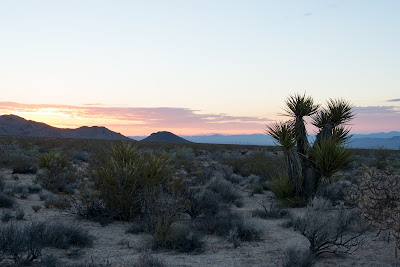Diversity and Inclusion on Our Public Lands

I camped in the Mojave National Preserve early this summer at the southern base of the Providence Mountains. A couple of hours before sunset I watched thunderstorms slowly build to the east and cross over the Colorado River and Dead Mountains, over 50 miles away. To the southeast the Clipper Mountains stood prominently, with the graceful Old Woman Mountains further in the distance. I have to admit that I like having open space to myself. Looking out for miles and soaking my mind in a landscape dominated by nature. Not by cars, billboards, suburbs, or strip malls. Although I find solitude in the desert, I know that I am gazing upon a landscape crowded with a diverse human experience. Native American tribes would meet at the Old Woman Mountains , and miners and homesteaders of various backgrounds claimed different corners of the desert. The human experience in the desert was not always positive, and the reasons that brought others to the ...


